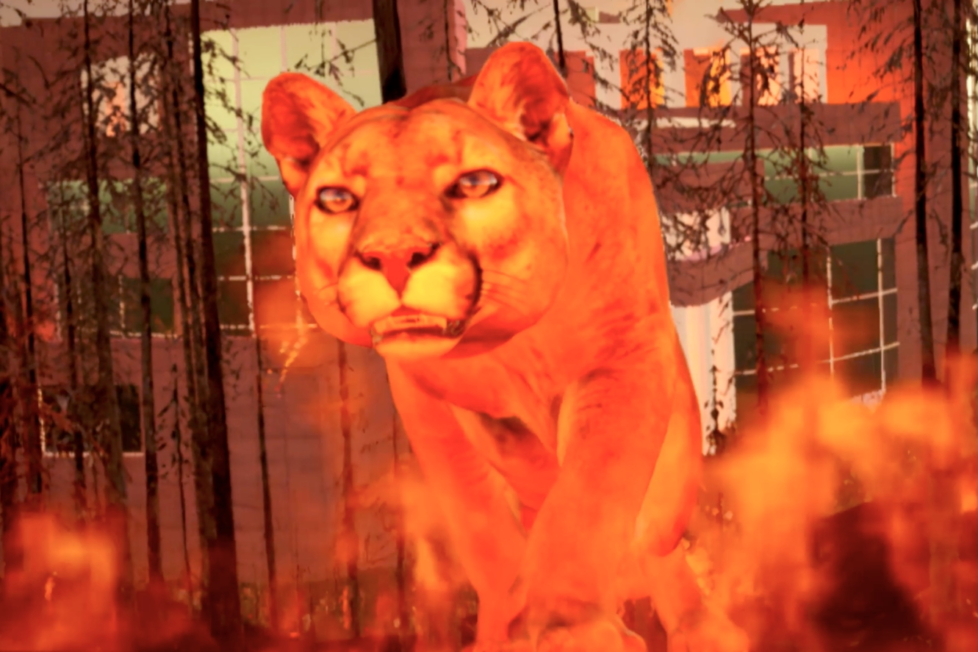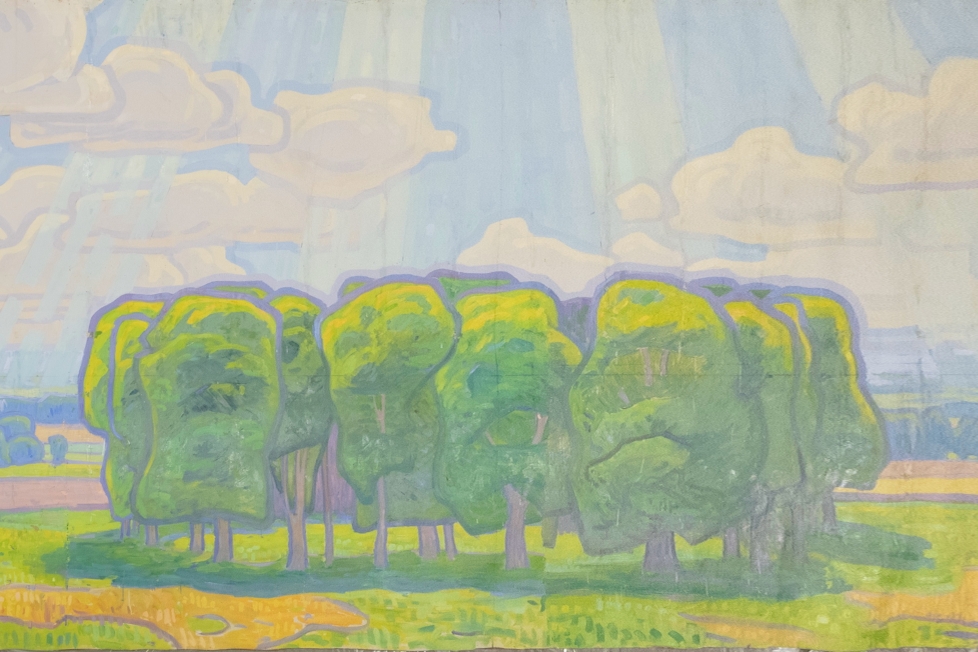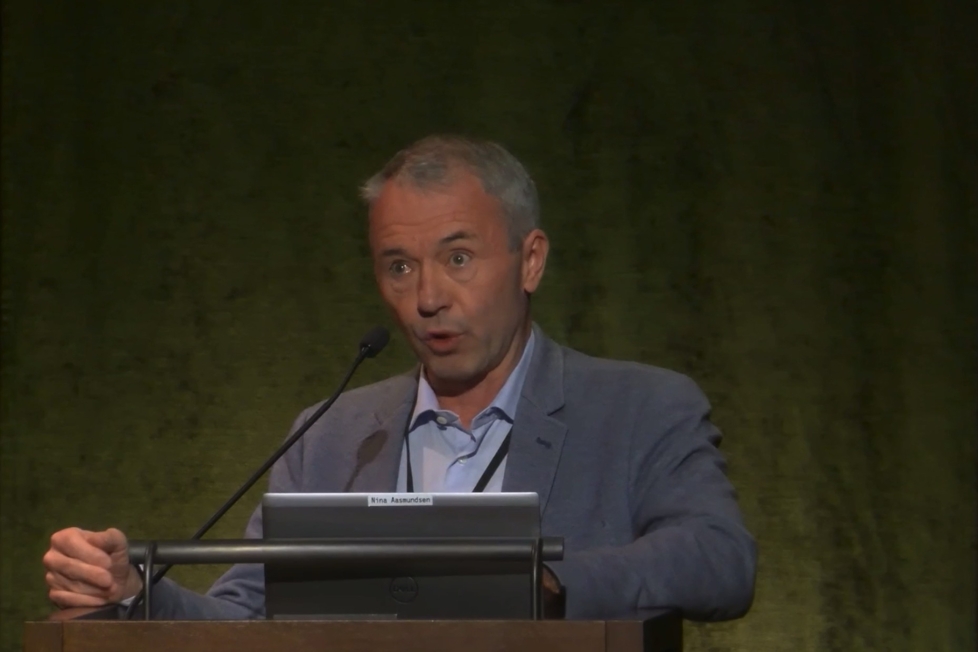
For knappe to uker siden ble den sentralasiatiske paviljongen til årets Veneziabiennale lansert – på Kunstnernes Hus i Oslo. I tillegg til selve utstillingen har kuratorene Ayatgali Tuleubek og Tiago Bom – som kommer fra henholdsvis Kasakhstan og Portugal, og som har med seg Kunstakademiet i Oslo som produsent for sitt prosjekt – også satt sammen et program bestående av diverse filmscreeninger, konferanser og seminarer. For Tuleubek og Bom er programmet en vel så viktig del av prosjektet som selve utstillingen. Det vil finne sted i Oslo og et utvalg byer i Sentral-Asia i forkant av og parallelt med selve biennalen. Dette satellittprogrammet ble sparket i gang med en artist talk og filmscreening med den kasakhstansk-fødte, berlinbaserte kunstneren Almagul Menlibayeva under lanseringen. Menlibayeva var en av kunstnerne som ble tatt ut til å delta etter at en åpen invitasjon gikk ut til et stort spekter av kulturprodusenter med tilknytning til regionen.
Fredag forrige uke ble det holdt en pressekonferanse i byen Almaty i Kazakhstan. Her presenterte kunstnerne Vyacheslav Akhunov, Kamilla Kurmanbekova, Sergey Chutkov og Anton Rodin prosjektene sine til biennalen.

Med utgangspunkt i diktet «Winter» av den kasakhstanske poeten Abay Qunanbayuli har de to kuratorene satt sammen et program og en utstilling som forsøker å belyse den sosiopolitiske virkeligheten i Sentral-Asia, det vil si Kasakhstan, Tadsjikistan, Usbekistan og Kirgisistan.
Vi sendte Tuleubek og Bom noen spørsmål på e-post, intervjuet gjengis på originalspråket.
Ayatgali Tuleubek and Tiago Bom, congratulations on being chosen as curators for the Central Asian Pavilion in Venice 2013 and on your inaugural event here in Oslo. You’re both best known as emerging artists – do you have any previous curatorial experience?

It depends on how one understands curating. Today, with the multitude of practices and cross-practices within curating, the definition gets diluted. As artists, we find the curatorial process to be quite intuitive and rooted in creating the conditions for artistic and discursive work. Overall, we try to engage as many people as possible in the process and use their expertise to give the project both greater depth and a life of its own.
What is your connection to the region?
Ayatgali is a Kazakh artist and therefore the development of the arts in the region is of both personal and professional interest to him. Together we have traveled to and throughout the region, visited artists’ studios and met with people involved in cultural production from the institutional side.
The typography of your poster, with the letter «i» in «winter» stretched to a horizontal rectangle, evokes the notion of a landscape, and the poem by Abay Qunanbayuli that has inspired the concept of the show is traditionally understood as an ode to a traditional way of life. How do you intend this invitation to depict the region in terms of its traditions and climate, broadly conceived?

It is clear to us that Central Asia, as a remote region, is often portrayed as an exotic and unreachable place, both by the media and by Western artistic initiatives in general. These accounts usually only scratch the surface. Though this obvious exoticism and search for identity is hard to avoid when dealing with the region, we find it to be symptomatic of something else. It is this «something else» we are interested in understanding and analyzing.
The stretched typographical element is the result of a negotiation with the design team, v-a studio. We asked them to base their work on our concept and Abay’s poem. Their idea was to use it as a graphic element that could be interpreted as a block: an obstacle but also as a prolongation (of «winter»). Because it was created in direct relation to the interpretation of the poem it can also be seen as a visual reference to the steppes and the landscape. We see it as related to the climate and traditional lifestyle in the same way as we relate the poem to the present socio-political situation, through analogies and metaphors.
What are these socio-political situations like, and why the pressing need to address them within the context of the Venice Biennale?
There are a multitude of topics addressed by the artists who participate. For example, Vyacheslav Akhunov’s body of work deals with the realities of the Soviet Union. The situation where the state apparatus establishes an atmosphere of intimidation and fear is not unrelated to the current context of the independent Uzbekistan.

Aza Shade and Saodat Ismailova will present works that approach the role of Central Asian women in connection to the traditionalism present in contemporary society. They both deal with the construction of identity as a specific regional issue. The fact that these projects are shown in an exhibition on the scale of the Venice Biennale brings attention to these questions and amplifies their importance in Central Asia.
The crucial part of the project is a series of seminars that we will organize in collaboration with the local art institutions that, even though they are small, are very active on the local scene. We hope to strengthen the discourse with the input of the international speakers that we will invite. The topics of these seminars are, for example, the strategies that artists can follow in the context where art institutions are nearly absent. What are the new forms of art that can be produced in this context? Where can young artists gain knowledge when art schools have not changed their teaching methods since the fall of USSR? What kinds of educational structures can be created to promote critical reflection on society?

You’ve said that you want to explore the complexity of the region, employing tools of a poetic and metaphorical language. Could you elaborate on this approach?
As we say in our curatorial statement, our interpretation of Abay’s poem «is not limited to an illustration of the winter months and the traditional lifestyle; we view its elements as metaphors for a broader political context». This context seems to be characterized by a stagnant public debate and a state of social hibernation. Furthermore, this frame allows the artists to give their personal interpretation of the situation in their countries without having to recur to more illustrative means. Also throughout our talks and seminar programs the topics of poetics and politics will serve as a guideline for the analysis and possible strategies that may arise from that.

Like yourselves, the artists you have selected are rather young, most of them born in the mid to late eighties. Can you give some background on why you have chosen to focus on this generation?
When we launched the open call we stated clearly that young artists were encouraged to send in their proposals. By doing so we intended to reach further within the region and to give opportunities to people that normally aren’t featured on the Central Asian art scene. Coincidentally the majority of the works we selected are from people from the same generation as ourselves. We of course see it as a strength, because it brings new people into the public debate in the region. We are also more committed to engage this generation since they are the future cultural producers. That said, our selection of projects was based mainly in their synergetic qualities and their ability to connect to the concept.









Leserinnlegg